25 Free Grammar Worksheets for Teaching English

25 Free Grammar Worksheets
These free 25 grammar worksheets allow you to safely conduct your classes without the hassle of creating your own.
The best part?
They are free to use without any need to ask permission. And they cover tons of grammar topics like nouns, verbs, prepositions, adjectives, and adverbs.
2. Common & Proper Nouns
Students practice distinguishing between common and proper nouns in this worksheet.
They’re given common nouns like “mountain” and must come up with specific examples (proper nouns) such as “Mount Everest”.
This exercise helps them understand the difference between general categories and specific names.
12. Adjectives to Adverbs
This quiz focuses on transforming adjectives into adverbs.
Students must add suffixes like “-ly” to create adverbs.
The example demonstrates changing “calm” to “calmly”. Do it correctly for all 20 questions.
13. Irregular Past Tense Verbs
Students must conjugate irregular verbs into past tense form.
They complete sentences using the specified verbs. The verbs to be conjugated are provided at the end of each sentence.
After completing this, they have to match each sentence with the image at the bottom of the worksheet.

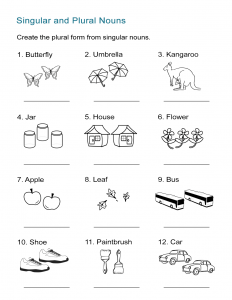
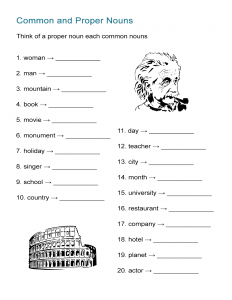
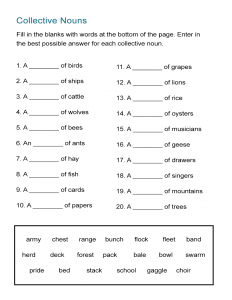
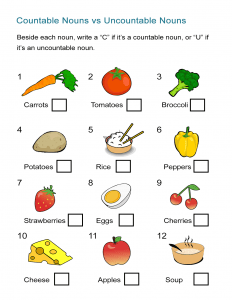
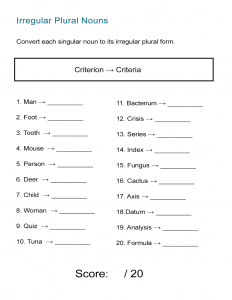
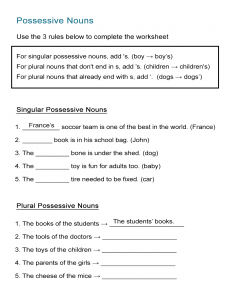
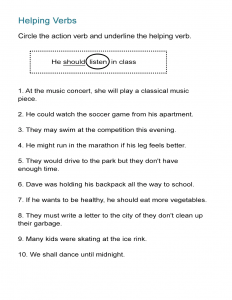

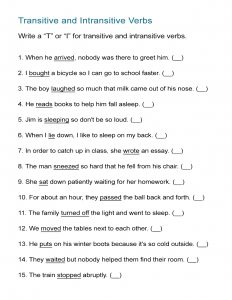
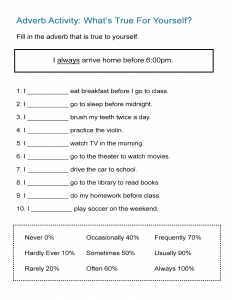

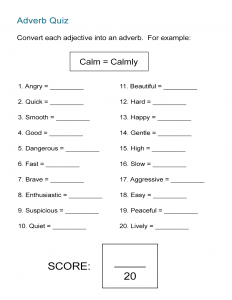
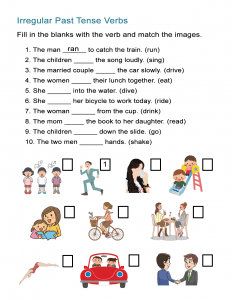


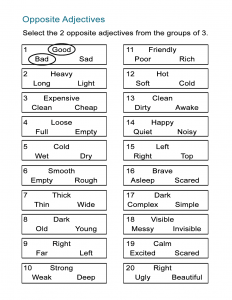
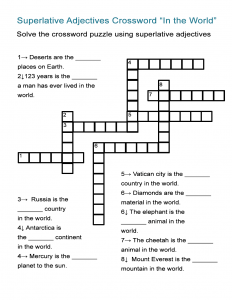
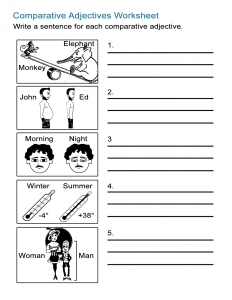

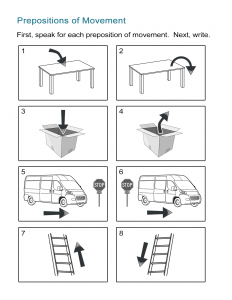
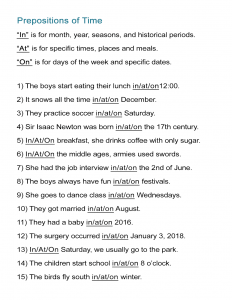
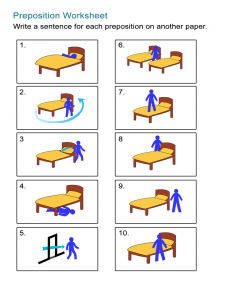
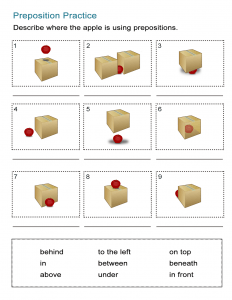
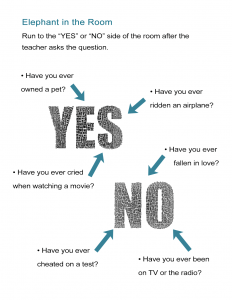
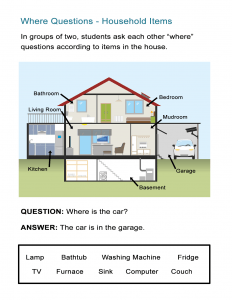
Grammar Worksheets
Adjectives Worksheets
Comparative Adjectives
Opposite Word Search
Opposites For Kids
Opposite Board Game
Superlative Adjectives Crossword
Adverbs Worksheets
Adverb Frequency
Adverb Quiz
Circle the Adverb
Transition Words
Nouns Worksheets
Collective Nouns
Common/Proper Nouns
Countable and Uncountable Nouns
Irregular Plural Nouns
Possessive Nouns
Singular/Plural Nouns
Preposition Worksheets
Draw the Preposition
Preposition of Movement
Preposition of Place
Time Prepositions
Where is the Apple?
Verb Worksheets
Daily Routines
Helping Verbs
Irregular Past Tense
Linking Verbs
Transitive and Intransitive Verbs